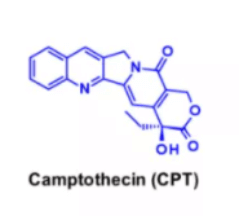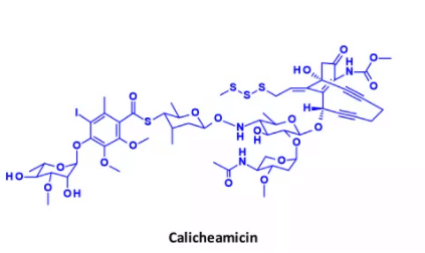Toxins/Payloads (Classification and function) of DNA damage drugs
Pyrrole benzodiazepines and indole chlorobenzodiazepines
Pyrrolo [2,1-c] [1,4] benzodiazepine (PBD) is a natural product with antitumor activity. Their mode of action is selective alkylation in small grooves of DNA, in which the N2 of guanine forms a covalent bond with the electrophilic N10 / C11 imine on PBD.
Ducamycin
Ducamycin is a powerful cytotoxic substance. It binds to the small groove of DNA through its highly active cyclopropane ring and alkylates adenine at N3 position. The non cyclized, halomethyl form of ducamycin significantly reduced its cytotoxic activity. Because the phenol group in the molecule can be used as the racemic activator to form electrophilic cyclopropane, the ligation strategy in the development of ducamycin ADC focuses on the linker ligation of phenol functional groups.
Camptothecin
Camptothecin (CPT) and its derivatives are classic examples of topoisomerase I inhibitors. They stabilize DNA single strand breaks induced by topoisomerase, and DNA double strand breaks occur when the ternary dna-top1-inhibitor complex encounters the replication fork. Natural camptothecin is a five ring structure. Its very low solubility prevents its wide application as a cancer therapeutic drug. Irinotecan, its water-soluble prodrug, has been licensed for the marketing of metastatic colorectal cancer. SN-38 is an active metabolite of irinoteptan. It is produced in vivo by the action of human liver carboxylesterase, which can be inactivated by opening the lactone ring.

Kajimycin
Kajimycin is a widely studied class of enediyne antibiotics. Its structure and mechanism of action are particularly interesting and complex, making it a class of antibiotics in the field of ADC payload. The strategy of connecting calicheamicin in ADC takes ADC Mylotarg in the market as an example, and besponsa.







 View the Knowledge base of Antibody-drug Conjugate (ADC):
View the Knowledge base of Antibody-drug Conjugate (ADC):